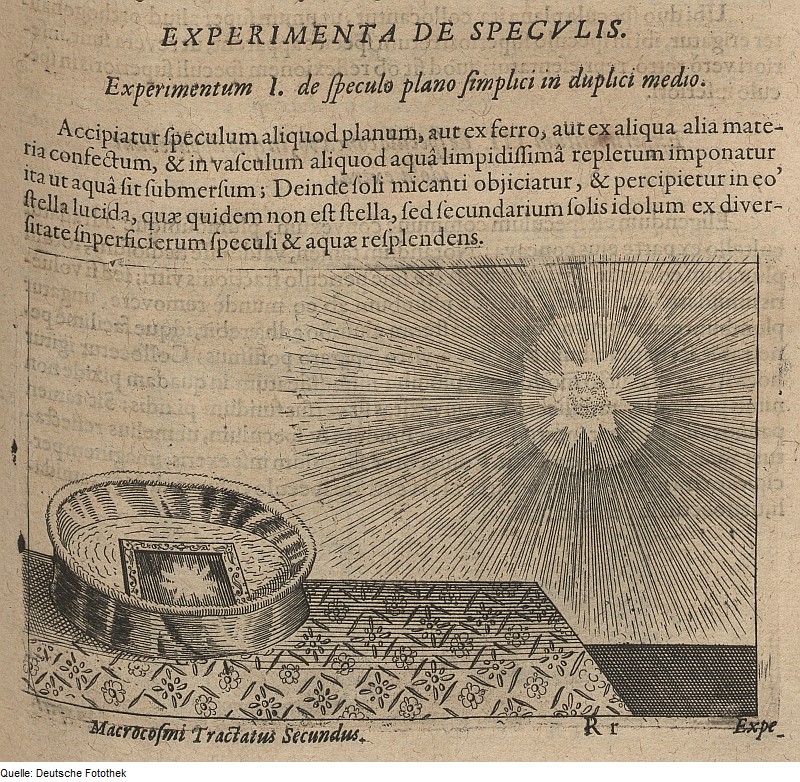ब्रह्मचर्य प्रतिष्ठायां वीर्यलाभः ॥३८॥
brahma-carya pratiṣṭhāyāṁ vīrya-lābhaḥ
Performing action with an awareness of a higher ideal is the opposite to work in order to achieve a particular result. This attitude can lead to a more efficient and fulfilling life.
Brahmacharya is the fourth yama, and perhaps the most contentious and misunderstood. In Hindu, Buddhist and Jain monastic traditions, brahmacharya is generally used to refer to the practice of self-mastery of sexual energy in thought, speech and deed. In these and other religious traditions, celibacy is often considered a prerequisite for spiritual practice. However, if the five yamas are to be understood as universal concepts and absolute values underlining the harmonious and sustainable growth of society and life in general, any interpretation of brahmacharya as sexual abstinence makes little sense. Sex and procreation is at the very basis of humanity at large, and most life in general.
There could be a historic explanation for traditional commentaries that equate brahmacharya with celibacy. In the Manu Smrti and later classical texts in Hinduism, brahmacharya is used as a technical term referring to the phase of life before marriage when students of the dvija castes went to live and study in the household of a spiritual teacher. Practicing a life of strict celibacy was deemed a prerequisite in these circumstances.
Brahmacharya is derived from two words of Sanskrit roots: 'brahman' (ब्रह्मन्), and 'char' (चर). Brahman refers to the source, the ultimate reality behind all changing appearances, the omnipresent substrate from which all things originate and to which all return. Brahman is interpreted as the inexhaustible source of all creativity reflected in forms and life continuously manifesting, always moving, changing, never idle or ending. The term 'char' itself means 'to walk, to move, to live'. In this light, the most literal translation is also the most expansive understanding of brahmacharya. Vimala Thakar in "Glimpses of Raja Yoga: An introduction to Patanjali's Yoga Sutra" argues that brahmacharya simply refers to a life dedicated to the perception, understanding and awareness of brahman.
How can awareness of brahman be translated into a way of living? First of all, seeing brahma in everything can be an important means to self-realisation and a source of compassion. Realising oneself is also living up to one's full potential. Today one would say striving for excellence in all one's actions. It is interesting to note that this concept of being the best one can be, of realising the highest human potential, has also been discussed in ancient Greek philosophy using the term 'arete' (ἀρετή). Aristotle in the "Nicomachean Ethics" describes arete as the firm disposition of the mind determining the best choice of actions and emotions in any given situation. Homer equates arete with effectiveness. Whether by moderation in all things sensual, or by striving for excellence and effectiveness in one's actions, both arguably lead to the conservation of energy for meditation and higher purposes.
 |
| Brahmacharya is harmony between perceived, lived and ultimate reality |